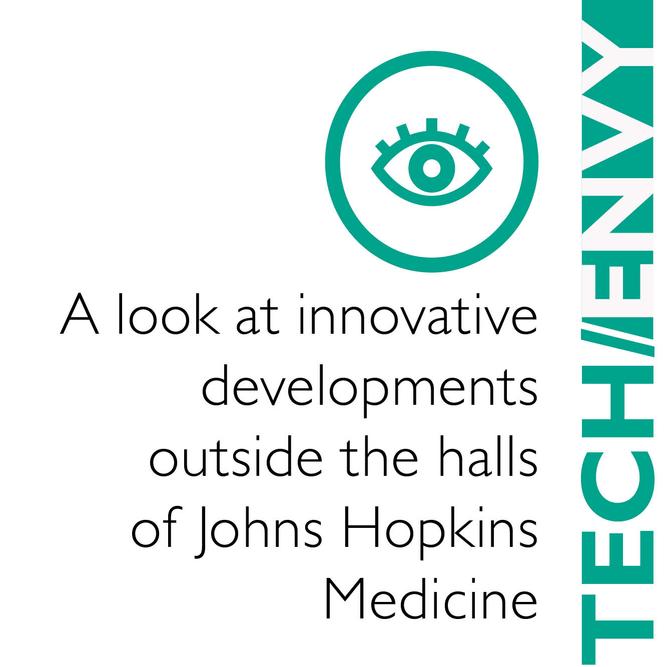Using a Samsung Gear VR virtual reality headset in combination with a Samsung Galaxy phone, ophthalmology researcher Robert Massof is helping people with low vision see better.
“You put these goggles on, and it’s like looking at a 65-inch TV from two-and-a-half feet away,” Massof says. “The virtual reality capabilities display videos and still images that look like you are in an IMAX theater.”
It was 25 years ago that Massof developed his original head-mounted video imaging system, called the low vision enhancement system (LVES), for magnification. But the cost and size were limiting, and significant computer processing power was required to capture live video and display the images in virtual reality.
“Today,” says Massof, “what used to take a room full of computers to do can now be done with a smartphone.”
To magnify a person’s surroundings, the LVES computer program works with a Samsung Galaxy phone and Samsung Gear headset. When a user views live video from the phone’s camera, a bubble on the screen magnifies the area of interest and a touchpad on the side of the headset adjusts the size of the bubble and amount of magnification. Web content, streaming video and games can also be viewed with the system.
A ready-to-use LVES package is available from IrisVision, a company started by a University of California professor who collaborated with Massof. The system can be tailored to the buyer’s specific visual impairment and is available for approximately $2,500.
Massof’s next step is to make it possible for the wearer’s eye movements to be tracked inside the headset so simple eye movements drive the view, rather than head movements. “When reading or doing a visual search, you can make eye movements more quickly than head movements,” he says. “It’s a much more natural way to look at things.”

